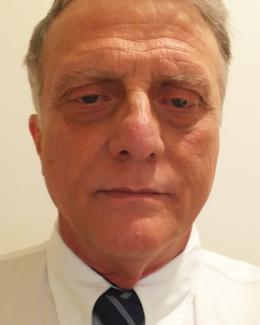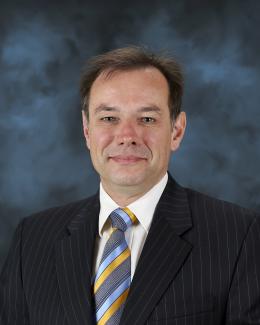Abstract
Plasma production and ion heating in the Material Plasma Exposure eXperiment (MPEX), whose design is nearing completion, is accomplished using continuous wave RF power with average power density up to 1.6 MW/m2 at the plasma interface. Plasma is produced using helicon waves coupled through a single helical antenna at 13.56 MHz with power supplied by three 100 kW fixed-frequency RF generators feeding a power combiner network followed by the matching network and launcher. The helicon source can utilize various gasses including hydrogen, deuterium, and helium, with a magnetic field strength in the source region up to 0.2 T, and maximum device |B| of 2.5 T.
Power is coupled to ions via ion cyclotron heating at the fundamental resonance using a pair of phased helical antennas operating in the frequency range 4-9 MHz, that launch waves towards the resonance from the antenna region where ω > ωci. ICH power is supplied by a single 500 kW tunable RF transmitter through a 90° power splitter and matching/decoupling network. In the case of both the helicon and ICH systems the antennas are located external to the vacuum, with power transferred through novel water-cooled coaxial vacuum windows consisting of fused quartz outer cylinders and silicon nitride inner cylinders with forced convection water cooling between them. The antenna enclosures are pressurized with dry air to 3 bar absolute for voltage standoff.
Several 3-D COMSOL models have been created to simulate the two systems. A model of the helicon region utilizing a cold plasma dielectric tensor with accurate magnetic field and realistic plasma density profiles has been used to calculate the plasma loading/complex antenna input impedance at the launcher feed for various ne and |B| values, for the purpose of estimating power handling. It also incorporates the geometry of all launcher structures relevant to this determination. A still more detailed model of the launcher together with a lossy dielectric plasma surrogate has been used to determine RF electric field values and power losses in the device components.
Similar models have been produced to predict the performance and power handling of the ICH launcher. For this device the impedance matrix of the two-element antenna array is calculated using a warm plasma model, necessary to properly determine the wave propagation and absorption.






